

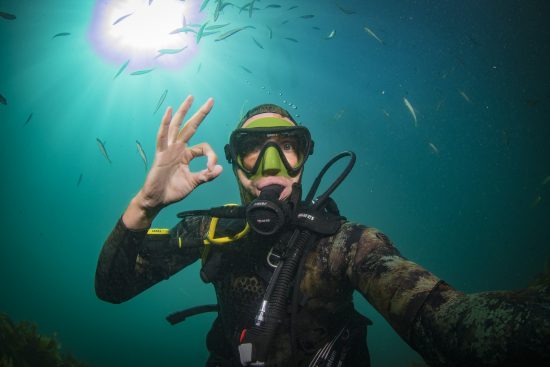
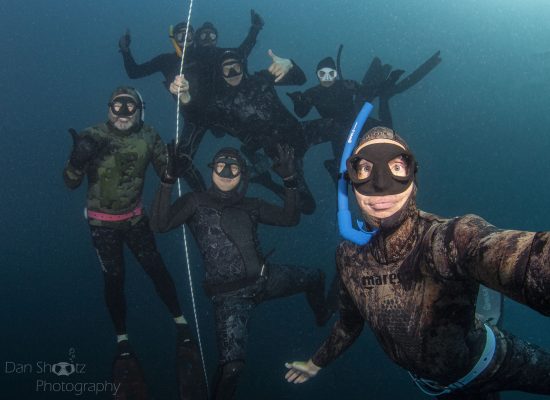
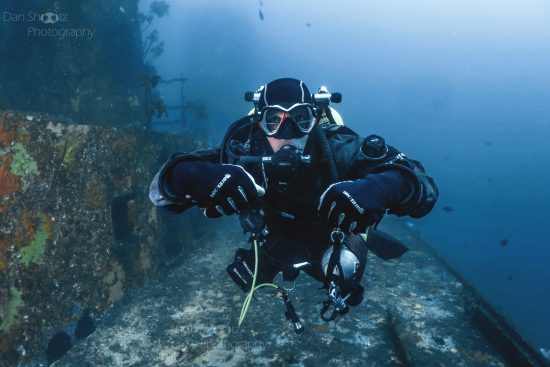
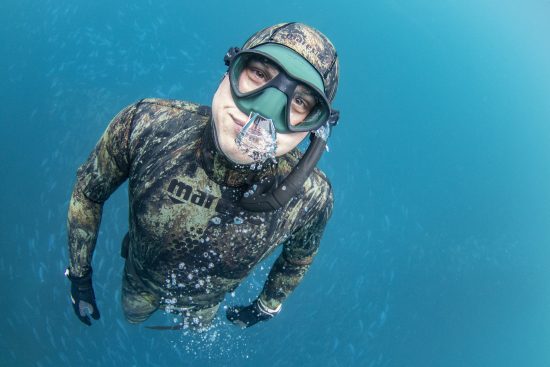
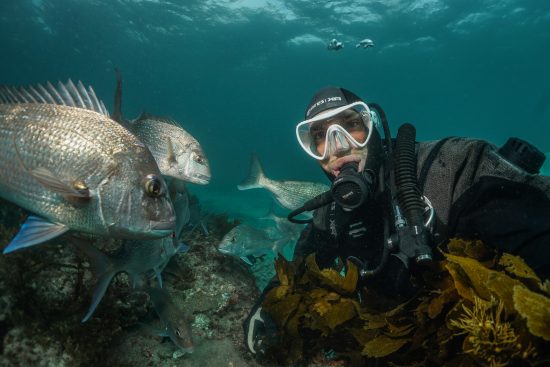
Its time to mask up! No, not 'those' masks, I think we have heard enough about those lately...I'm talking about our favourite type of masks, diving ones! Scuba masks, freediving masks, goggles, call them what you will, our sport would be nothing without them. These ingenious little contraptions allow us a glimpse into the underwater world to see what a fish sees!
If you're anything like me, you love gear, and fortunately there are hundreds of different colours and styles of masks to fit every face and every need. You could be like me and have a different mask for every occasion, however that is not necessary. I recently came to the realisation that I can only wear one mask at a time...
With so many to choose from, it can be a nightmare deciding which one is best for you! Are you a freediver or a snorkeler, a scuba diver or a technical diver, do you like a wide field of view or a narrow one? These are all questions that you need to ask yourself when looking at purchasing a mask.
The best advice I can offer is to try on a bunch of masks and see what you like best. Failing that, read on and perhaps your dive into the world of masks may become a little “clearer”. In this blog I'm going to compare three masks. First a mask that you would use for freediving, then one that you would use for scuba diving, and finally a mask suitable for pretty much everything. I will also discuss the subtle design differences that make all the difference underwater.
Freediving masks
Freediving masks are not like other masks. They are built to be slim, streamlined (like your freediving technique) and low volume. They are generally black or dark coloured to block out distracting light and to help you to stay focused.
Unfortunately, these smaller, low volume masks don't leave you with a lot of peripheral vision, so if you are claustrophobic, they are probably not the mask for you. They are, however, great for keeping distractions to a minimum. Their other design feature is that they are incredibly low volume and sit close to your face. This means that it takes minimal effort to equalize the tiny airspace. This is crucial as, when you start to descend deeper, every ounce of effort counts against you.
Scuba diving masks
Scuba masks generally allow you a wide field of view, making them great for scuba where you want to be able to take in your surroundings as much as possible. They are, however, a lot bigger, and need to be fitted to your face correctly.
Unlike freediving, the larger volume of these masks is not a problem as your slow descents and the fact that you are breathing make equalising a breeze. Technology these days has come so far that most scuba masks are actually low volume anyway, and tick the boxes of sitting close to your face yet still giving you great vision.
 Dan
Dan 25th November 2021
25th November 2021